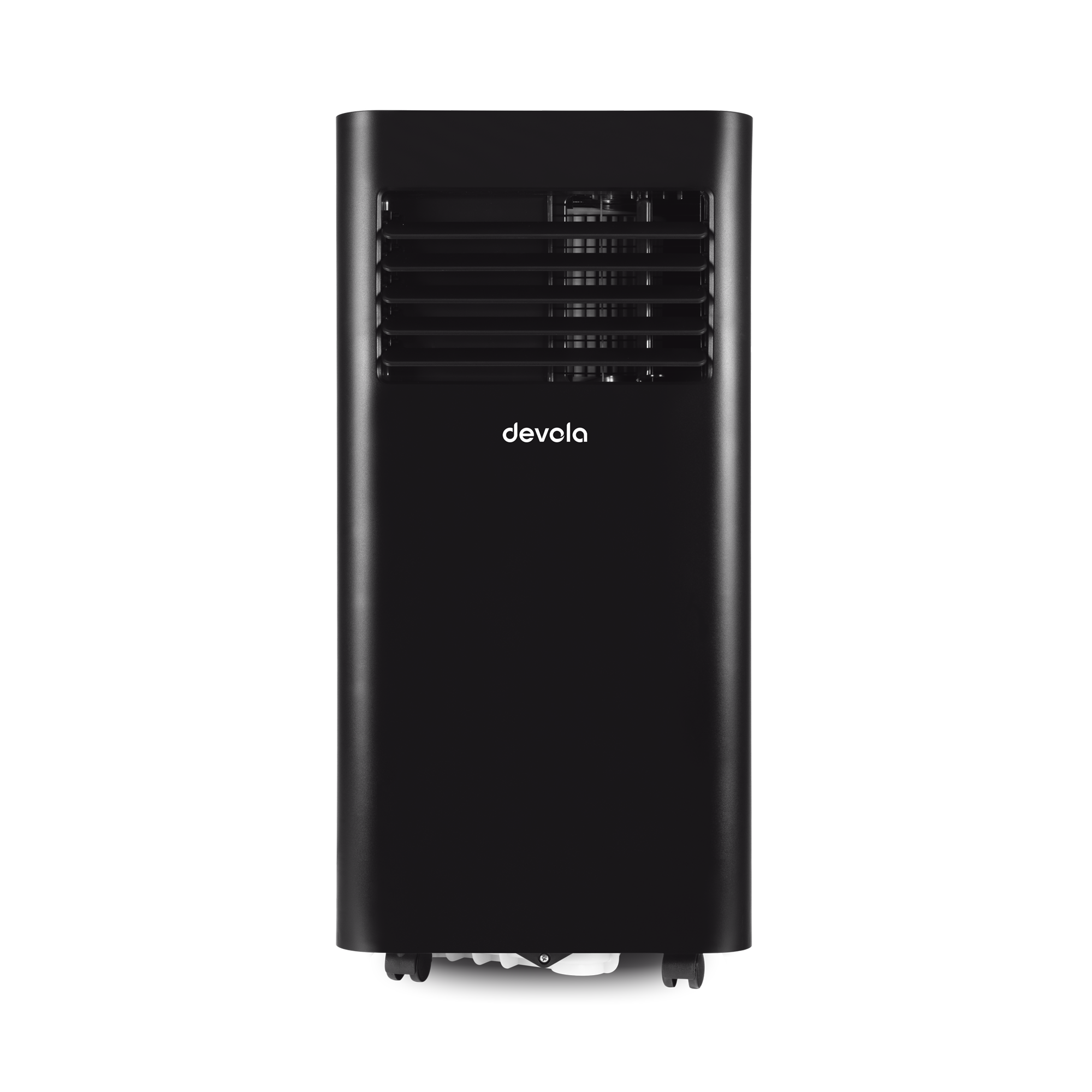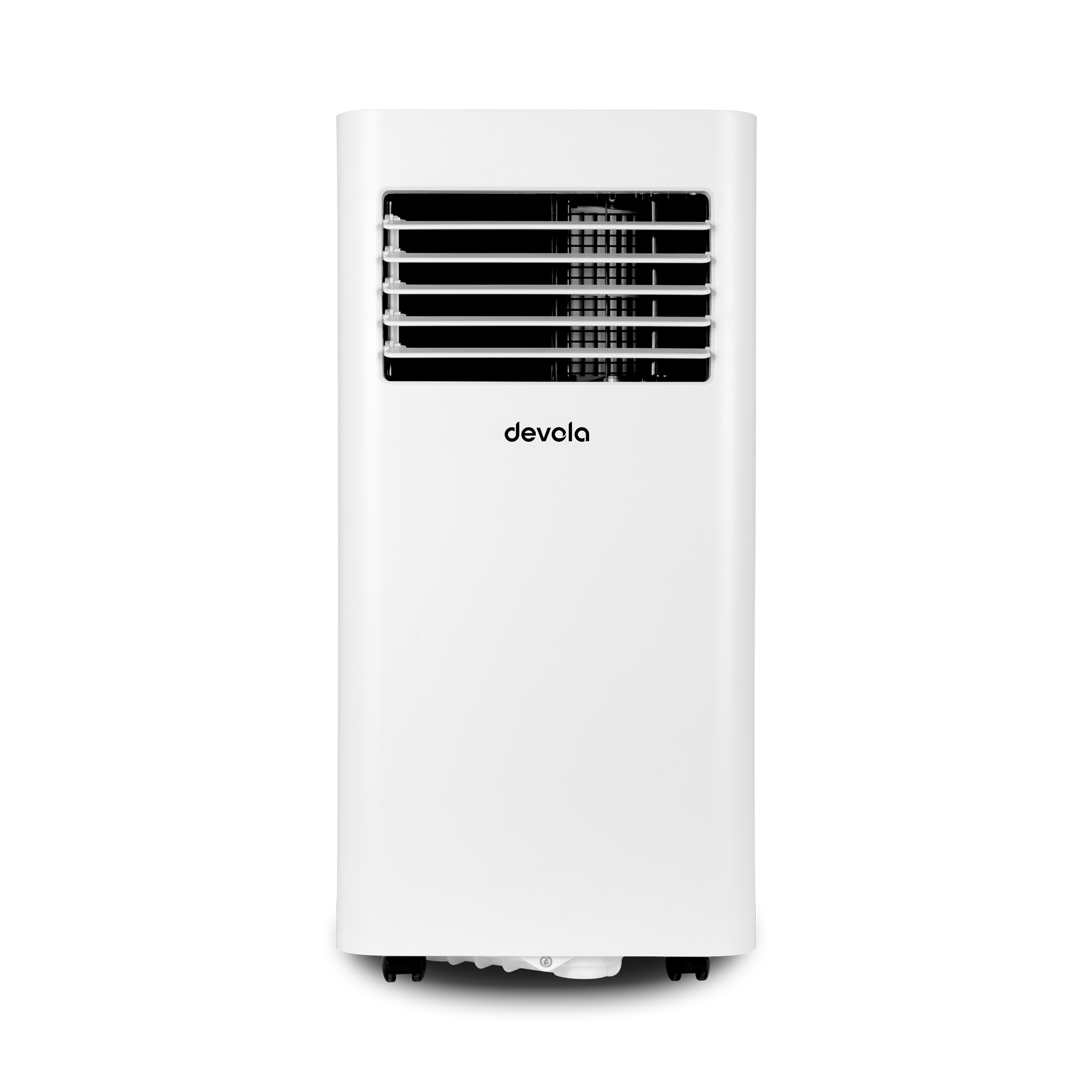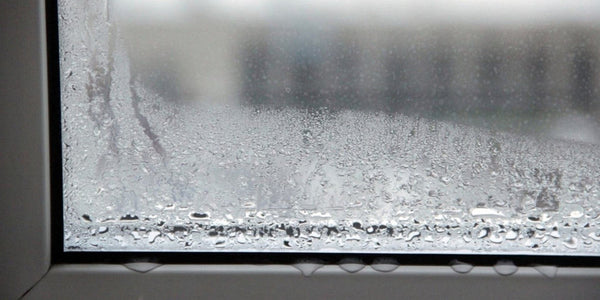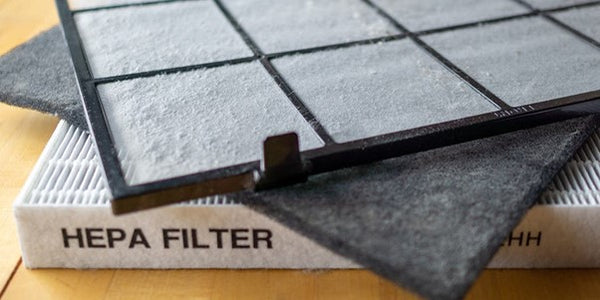There are many reasons why you might consider buying an air purifier. It can remove allergens, pollutants, volatile organic compounds, bacteria, and viruses from the air, which in turn can help to manage allergy symptoms and breathing problems. For everything you need to know before you buy an air purifier, keep reading.

What is an air purifier?
Let’s take it right back to basics. An air purifier is a great option when the fresh air outside of your home may not be as fresh as you’d like. Ideally you should replace unwanted air by simply opening a window, but if this wouldn’t help then you might want to consider an air purifier.
Specially designed for a single room, these compact units quietly filter pollutants like tobacco, burning wood, cooking smoke, cleaning product gases, suspended dust, mould, pet dander, bacteria and viruses. The quality of the filter in your air purifier impacts the size of the particulates that it can filter.
There are different types of filters that you can add to your air purifier, including a HEPA filter or an activated charcoal filter. It all depends on what you need your air purifier for.
Quick tips for choosing an air purifier
Decide what room you want to put your air purifier in. This is so you can choose the right size and power for your space.
Decide your specific home and health needs. The right air purifier for someone concerned about pollution won’t be the right air purifier for someone concerned about pet dander.
Compare clean air deliver rates (CADRs) for the effectiveness against certain pollutants.
Decide what filtration levels you want, including HEPA filtration and activated carbon.
Look at noise levels. Depending on where you want to use your air purifier, you might want a quieter model (for example, in a bedroom).
Calculate the ongoing maintenance and electricity costs. With the costs of energy rising, make sure you can budget for additional costs during the lifetime of your unit.
Consider how important bonus features are. While smart functionality is exciting, you can save money on a unit without it if you don’t think it will be used often.
Room size
The most important step of choosing an air purifier is measuring the room that you want to use it in. Small air purifiers won’t be effective in larger spaces, whereas heavy-duty units will be overkill (and a waste of money).
If the recommended room size is listed, then this is easy. However, if it isn’t, look for the ‘air changes per hour’ listed in the product specs. This will help you to understand how the filtration works. A small air purifier may be able to change the air 8 times an hour in a 350sq/ft room, but just 4 times in a 700sq/ft room.
Another option for deciding the size you need for your room is looking at the clean air delivery rate (CADR).
If you’re still not sure, you can always just go for the largest air purifier that is within your budget.
CADR
Most air purifiers will tell you their clean air delivery rate (CADR). This number helps consumers to understand how effective a device is at filtering specific particles in a particular room size.
For example, a CADR of 200 for dust means that the air purifier can reduce the amount of dust in the air equivalent to if the air had been replaced with 200 cubic feet of fresh air per minute.
Some air purifiers will have a single CADR measurement, whereas others may have differed CADRs for different particles.
Furthermore, some manufacturers don’t send their appliances for the right kind of testing to get a CADR number, and so this won’t be available. This is when you would look for other things like suggested room size or independent reviews.
Types of filters

Depending on what you need your air purifier for, you may need different levels of filtration. Your air purifier will likely already come fitted with at least 2 filters: a pre filter and a main filter, but you may also consider options that use an activated charcoal filter.
A pre filter catches large airborne particles like pet hair, to extend the life and improve the efficiency of the main filter to catch small particles.
Pre filters are all very similar. Some may be washable or vacuumable whereas others may be disposable, but other than the cost and environmental implication of a disposable filter they won’t differ much.
The real decision-making difference will be in the main filter. In general, you should look for an air purifier that uses a high-efficiency particulate air filter (known as a HEPA filter). There are different levels of HEPA filtration but as a general rule they trap around 99.7% of particulates that are 0.3 microns in size (or larger). To learn more about What a HEPA filter is, Click Here!
Additional activated carbon or charcoal filters are designed to trap volatile organic compounds (VOCs) and other odours. This can be useful if you are aiming to filter smoke from tobacco or cooking, or odours from pets or pollution. However, these filters will need to be changed frequently to be effective.
Some air purifiers also use technology like ultraviolet light or ionisers. UV light is said to disinfect the air, and ionisers make it so that any dust that manages to escape your air purifier is heavy and will fall to the ground.
Noise levels
Anything that has a motor or a fan will make a noise. There is no such thing as a truly silent appliance, but some are definitely quieter than others. If you want to use your air purifier in your room or your baby’s room, you might want to consider one of these quieter choices.
If you’re certain that you want the quietest option available, look out for the Quiet Mark Certification. To learn more about What the Quiet Mark means, Click Here!
Portability
If you’re looking to regularly move your air purifier from room to room around your home, you should pick a model that is portable. Smaller units can simply sit on a desk or shelf and be moved as easily as unplugging them, whereas larger units might not be so simple.
Many larger air purifiers will come fitted with castors to make movement easier, however the weight will come into account when pushing, and will be very noticeable if it needs to travel up or down stairs.
Ongoing costs
Don’t assume that the only cost of buying an air purifier is the price of the unit. As we have mentioned above, one or more of the filters will need to be replaced regularly to keep your air purifier working in top condition. If you scrimp on this cost, you may find yourself needing to buy an entirely new air purifier, or wasting your initial spend on a unit that stops being effective.
Filter costs vary between manufacturers, and their replacement times vary too. This means that one unit may have expensive filters that will last you for years, whereas others will have cheap filters that don’t last very long.
As well as this, air purifiers are generally only effective if they are running almost all of the time. This means you’ll want to consider energy costs, and the efficiency of the air purifier itself.







